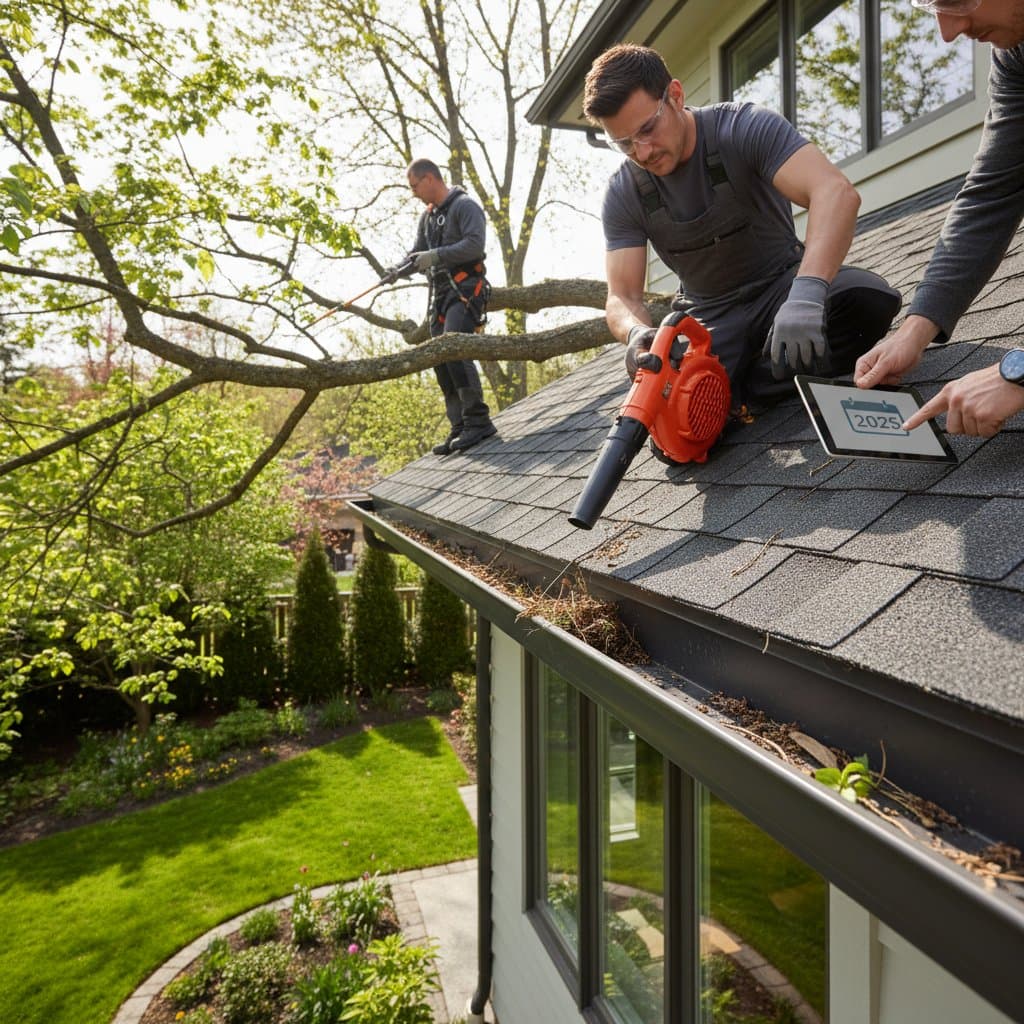- Power Options: Models relying on batteries install quickly and avoid electrical work, though they demand periodic replacements every six to twelve months. Hardwired alternatives, which draw from the home's power supply, involve higher initial costs but eliminate ongoing battery expenses.
- Durability Standards: Prioritize locks certified to ANSI Grade 1 or Grade 2 for optimal resistance to picking, kicking, and drilling. Grade 1 provides commercial-level strength, ideal for main entrances, while Grade 2 suits secondary doors with sufficient protection.
Additional considerations include the need for weatherproofing in outdoor applications. Contractors often suggest adding silicone seals or covers, which cost $10 to $30, to protect electronics from moisture and temperature extremes.
Strategies to Minimize Expenses
Smart lock installations offer opportunities for cost reduction without sacrificing quality. Implementing these approaches ensures an efficient upgrade process.
- Schedule work during slower seasons, such as late winter or early spring, when contractors face fewer demands and may offer discounted rates.
- Combine the smart lock installation with related projects, like new door hardware or comprehensive security system additions, to achieve labor savings of 10% to 20%.
- Inquire about incentives from insurance companies, which frequently provide rebates or premium reductions for installing monitored security devices.
- Opt for energy-efficient models with rechargeable battery packs or solar-assisted charging to cut down on replacement costs over time.
For households with multiple entry points, purchasing locks in bulk from the same manufacturer unlocks package deals. These can reduce the price per unit by $50 or more, making widespread upgrades more affordable.
Ensuring Safety and Seamless Integration
Smart locks fit most standard residential doors, but verification of specifications remains essential. Measure the door's thickness, typically 1.375 to 1.75 inches, and the backset distance from the edge to the lock bore, usually 2.375 or 2.75 inches. Mismatched dimensions lead to fit issues and potential security gaps.
Select models from reputable brands that emphasize cybersecurity. Features like two-factor authentication require both app approval and a physical code for entry. Encrypted communication protocols safeguard data during transmission, minimizing hacking risks.
Firmware updates play a critical role in maintaining defenses. Manufacturers release patches quarterly to address emerging threats, so enable automatic notifications. For properties with frequent visitors, choose locks supporting guest codes that expire automatically after set periods.
Rental properties benefit from remote management capabilities. Owners can issue temporary access via apps, track usage logs, and deactivate codes instantly upon departure. This approach enhances oversight while reducing reliance on physical keys.
Realizing Returns on Your Investment
Investing in a smart lock elevates a home's security profile and marketability. Real estate professionals report that properties with integrated smart entry systems attract 1% to 2% higher offers in areas valuing modern amenities. Beyond resale, the daily advantages include reduced stress from manual locking routines and enhanced family safety.
Durability defines long-term value. Battery-dependent locks endure 8 to 10 years under normal conditions, with annual maintenance limited to $10 to $20 for fresh power cells. Hardwired units promise even longer service with negligible upkeep.
The intangible benefits extend to lifestyle improvements. Remote locking prevents lockouts during errands, and activity reports provide reassurance for empty homes. Contractors emphasize that these systems pay for themselves through prevented losses and simplified management.
Steps to Select and Install Your Smart Lock
Begin by assessing your door's current setup and desired features. Consult online compatibility tools from manufacturers or seek a contractor's site visit for personalized advice. Compare models based on reviews from verified users focusing on reliability and support.
Once chosen, prepare the space by clearing the entryway and gathering any required tools. Professional installation ensures code compliance and optimal performance. Follow up with a test of all functions, from app pairing to emergency overrides.
Regular maintenance sustains effectiveness. Clean mechanisms monthly to remove debris, and monitor battery levels through the app. This proactive care maximizes the system's lifespan and security benefits for years ahead.



